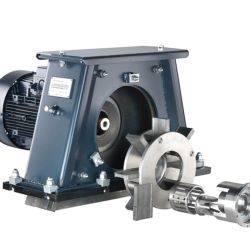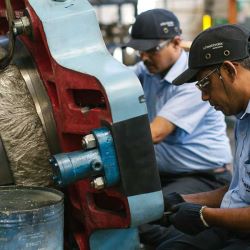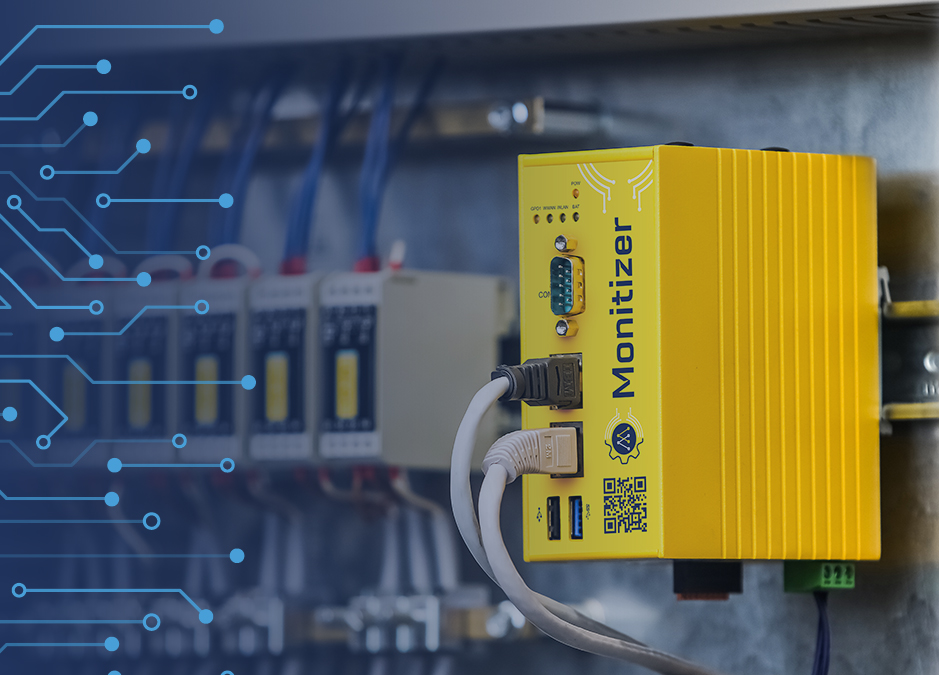Can you tell us a bit about that risk? What can foundries do about it?
Our field service and support teams are seeing a lot of secondary damage inside machines because foundries don’t have the scheduled downtime to prevent wear beyond the wear parts. The big risk is that this lack of downtime eventually leads to prolonged forced downtime due to severe damage. We encourage our customers to contact us regardless of the issue or severity. We will find a way to maintain their equipment and minimize downtime. We might also plan a solution, whether it’s a planned upgrade to increase machine throughput for more maintenance headroom or introducing digital tools to predict issues early. For customers struggling with multiple machines, the answer could be replacing them with a single new machine. This is why many foundries are buying our continuous tumblast (CT) machine right now.
Circling back to the big opportunities, what are they and what do foundries need to do to seize them?
The reshoring trend is here to stay, so making current production sustainable or increasing capacity is crucial. There’s a significant opportunity for domestic foundries in electric vehicle castings, which may require producing larger castings and investing in casting quality. I expect foundries to invest in machinery that delivers automated, tightly controlled processes. Additionally, I foresee an increase in digital and IIoT deployments, like Grede Holdings LLC’s rollout of Monitizer across nine North American foundries. This IIoT solution helps foundries operate smarter, longer, and produce better castings with less scrap.




